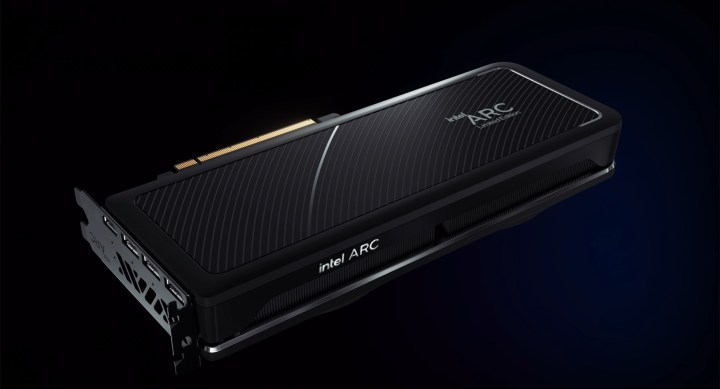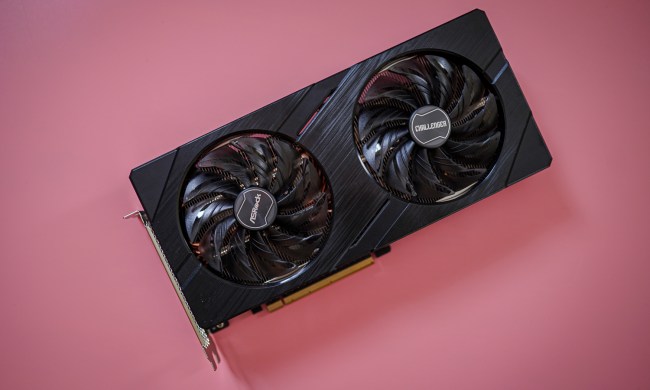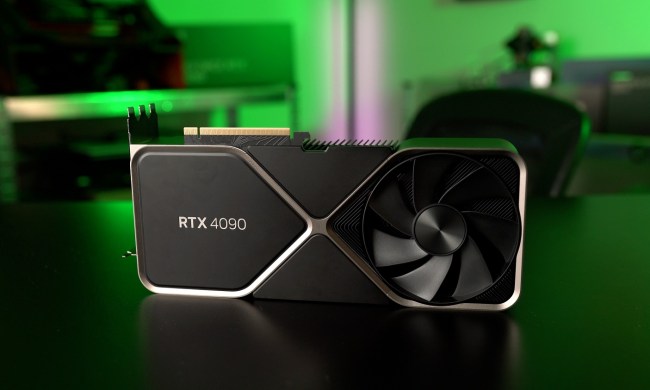There’s been a considerable amount of interest and speculation surrounding Intel’s Arc Alchemist desktop graphics cards. However, Team Blue itself may have now inadvertently revealed technical specifications for the flagship model (Arc A780) of its upcoming desktop GPU lineup.
As reported by 3DCenter and VideoCardz, it appears that Intel’s presentation video for Arc Control gave us our first insight into what to expect from one of the company’s discrete desktop GPUs.

For reference, Arc Control is a program that allows people to access Arc Alchemist GPU driver updates and a game library, as well as have control over in-game performance. The video provides a breakdown of the application’s various features.
GPU Power, GPU Clock, and VRAM Clock were all showcased in the presentation, which are elements that can be displayed through Arc Control. A Performance Tab that shows details related to the GPU’s performance was also frequently referenced in the video.
But 3DCenter spotted a segment where the specifications are quite peculiar, though: They’re not related to the Arc GPUs that were recently introduced for laptops. Specifically, a certain part of the video details a GPU with a clock speed between 2200MHz to 2250MHz.
That specific detail in and of itself can still be referring to a mobile Arc Alchemist GPU. After all, as VideoCardz aptly highlights, the Arc A350M Geekbench benchmark reveals that it can offer a 2.2GHz GPU clock, albeit via a boost.

However, the GPU Power for this mystery graphics card is listed at 175 watts. Thus far, we know that the Arc A770M model for laptops is the only GPU that comes close to that figure with a power draw of 150 watts.
And 3DCenter also points out that the 175W figure is directly attributed to the GPU power, which could technically be boosted by other components of the card. With this in mind, this particular GPU could exceed the 200W mark.
Lending credence to the assumption that this board could very well be among Intel’s desktop range is the fact that the aforementioned GPU power number was leaked for the SOC1 GPU (ACM-G10) for desktop parts, according to VideoCardz.
Further strengthening the notion that these specs are indeed ascribed to Intel’s flagship Arc Alchemist A780 desktop graphics card is an observation about the VRAM clock speed. As it’s shown as offering a speed of 1093MHz, the overall speed will more or less reach 17.5Gbps. Comparatively, Intel’s high-end mobile GPU maxes out at 16Gbps.
If reports are to be believed, Intel is preparing to launch its Arc Alchemist desktop GPUs in May. Team Blue has already teased the upcoming video cards via an official look at the design of the board.




